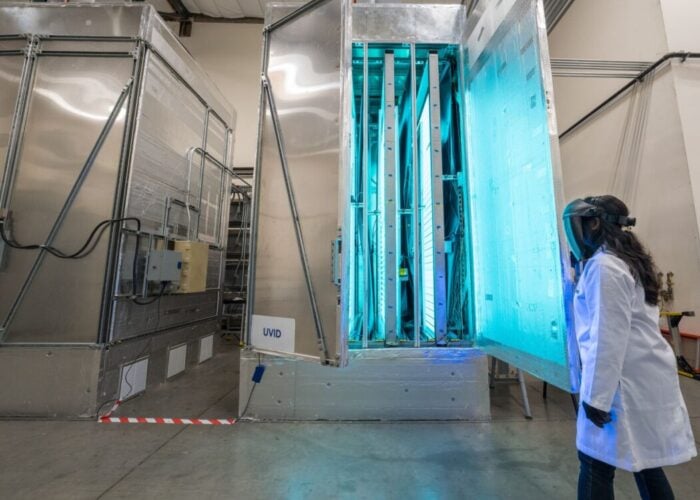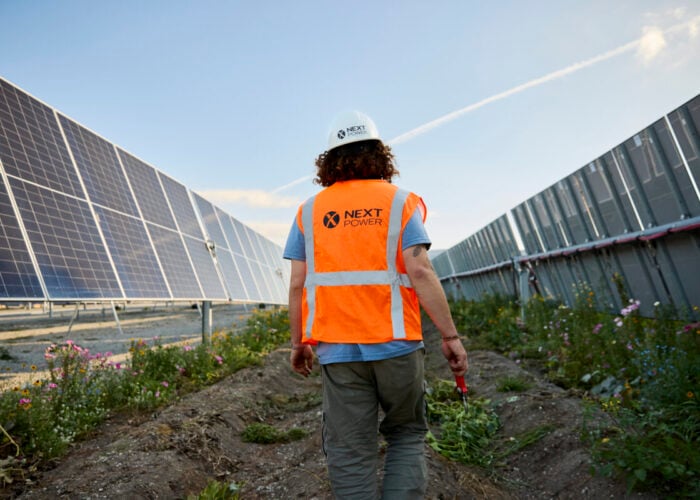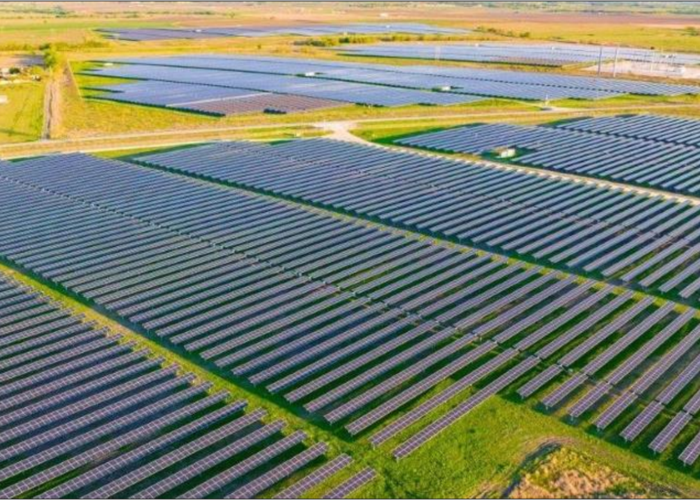Updated: In what looks like a strategy to better compete with low-cost Asia-based solar module manufacturers after losing significant market share in some of its core markets, SunPower has secretly sourced from third-party suppliers a SunPower-branded multicrystalline module ‘Serengeti’ to be used in commercial applications. The scoop was revealed by financial analyst Mark Bachman of investment firm Auriga USA. According to Bachman, who discovered the product on SunPower’s website in an unlinked location, believes SunPower’s competitive argument that the company’s high-efficiency monocrystalline modules can compete effectively with lower-priced Asian modules is now in question. SunPower has not officially launched the product.
The Serengeti line product outline describes the module as a low-cost alternative to its own high-priced, high-efficiency modules. The Serengeti modules utilize 60 standard multicrystalline cells that are configured into either a 220W or 228W version (14% conversion efficiency) with an aluminium frame, indicating its commercial targeted market compared to aesthetically pleasing black anodized framing.
Try Premium for just $1
- Full premium access for the first month at only $1
- Converts to an annual rate after 30 days unless cancelled
- Cancel anytime during the trial period
Premium Benefits
- Expert industry analysis and interviews
- Digital access to PV Tech Power journal
- Exclusive event discounts
Or get the full Premium subscription right away
Or continue reading this article for free
Although Bachman said in a note to investors that he had been unable to pinpoint a direct vendor, the company’s subcontractors such as Jiawei or Jabil could be responsible for the assembly of the modules at locations in China, Mexico, or Poland. Bachman noted that the cells could easily have come from Q-Cells, due to a previous agreement between the companies.
However, Bachman believes that this could be an early indication of SunPower’s shift to low-cost branded modules as the company plans to manufacture up to 25% of its modules in the U.S. within the next two years, which was noted in SunPower’s recent SEC filings.
Last month, the company announced its plans for a 75MW moduling plant in Milpitas, CA, to be run by production partner Flextronics.
‘We believe this product offering will cause further margin compression on SunPower’s margin structure given that we find no premium in offering a standardized module,’ noted Bachman in the investment report to customers.
Ironically, SunPower has just announced a new high-efficiency ‘E19’ module series that offers modules in a 96- or 72-cell configuration, with a record efficiency of 19% or greater, using its proprietary in-house technology.
Update 1: According to Julie Blunden Vice President, Public Policy and Corporate Communications at SunPower, demand for its high-efficiency E18 and E19 solar modules is outstripping supply across multiple markets as well as limiting its ability to penetrate new markets as quickly as it wants to.
Speaking with PV-Tech, Blunden said that its strategy of using third party modules wasn’t new as it had sourced from other suppliers for particular projects in the past.
She pointed out that SunPower’s CEO, Tom Werner had explained in its last quarterly conference call with financial analysts that included Bachman that it would be selling a “reasonably significant amount of third-party modules,” this year, going on to describe Serengeti modules without actually using any name branding.
Werner said, “It will not simply be buying a module. We will be adding our intellectual capital, so to speak, to the process, the configuration of the model, the testing, things of that nature, and we will do that because of our brand position.”
However, its third fab is not expected to start ramping until near the end of 2010, resulting in continued supply constraint of its own modules throughout the year.
Blunden noted that SunPower was attempting to meet customer demand with the Serengeti modules, especially when delivery dates for the E18 and E19 modules extended beyond the customer’s preferred delivery date.
“As a result, and consistent with our approach to respond to strong demand over most of the last 3 years, we are increasing our use of third party solar panels, now branded as Serengeti, to meet demand where those panels can be used by our customers,” responded Blunden.
SunPower is also applying its knowledge and quality standards to the production of these solar panels.
Importantly, Blunden disputed inferences made by Mark Bachman that SunPower was less competitive against lower cost producers, reiterating that SunPower was sold out due to high demand for its products.
Neither does she see the Serengeti modules as significant move away from its market leadership for high efficiency modules that the Auriga analyst suggested.






